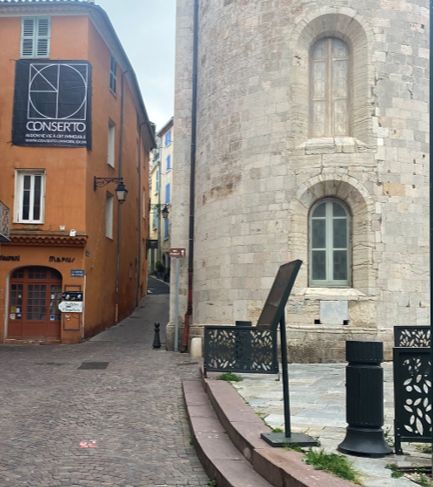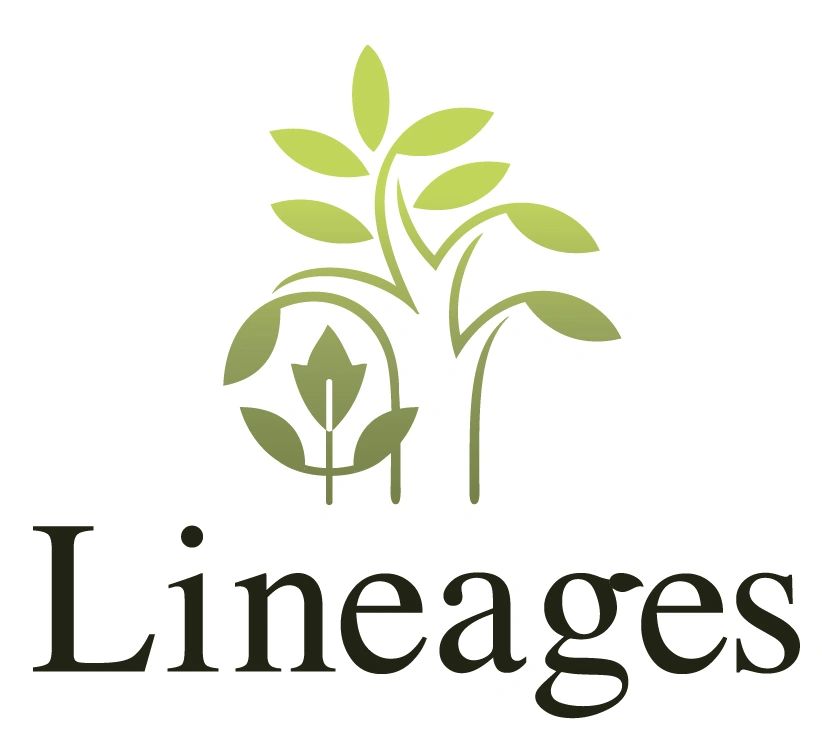A Genealogist’s Bucket List

The genealogist researcher/enthusiast usually has a bucket list of family history related activities or trips they would like to do at some point. Some of them require a respectable amount of money, others take time, and some take a specific skill set to accomplish. If you look at the items on your bucket list, they usually consist of things that will help us understand our origins better, celebrate our heritage, and pass along family history knowledge to the generations that follow. We don’t want all our hard work to be forgotten with the next generation! Let’s look at a few things that might be on your bucket list:
- Compile a family cookbook
- Create a family time capsule
- Map your family migration
- Record oral histories
- Visit archives and libraries
Compile a Family Cookbook

Recipes and food traditions are woven into our daily lives and are probably the best and easiest way to celebrate our heritage. The mundane and boring to us might be exotic to later generations, so even a story about a peanut butter and jelly sandwich could be a treasure for someone. How many of us have sat around the table after dinner at a family gathering reminiscing about a favorite dish that grandma used to spend all morning preparing, remembering how good the house smelled as the dish cooked? Is your mouth watering now as you think about it? Maybe the women were not the cooks in the family, and it was the men who were in the kitchen. Whatever the case, there are so many memories attached to food that it is an easy place to start documenting and writing about your family.
The cookbook does not only have to reflect successes in the kitchen and around the table. Some of the best family stories are about the notoriously bad cooks and their creations. One of my personal favorites is the story my maternal grandfather told about some cookies my grandmother made. They were so hard that nobody could eat them, even after dipping them in tea to soften them. They were given to the dog (named Pata, because they picked him up in Mexico when they were living in the Oaxaca, Mexico) who buried them in the backyard thinking they were bones.
Include the history of the recipe. Was it adapted from the old country to the products found in the new country? Did someone in the family make the recipe better than someone else? Was there competition among the family to outdo one another? A nice touch to the book can be images of family silverware, china, linens, dutch ovens or other pots and pans. Get creative, it is your cookbook!
Create a Family Time Capsule
Time capsules are a meaningful gift and a great way to pass along family memories and values. The very act of creating one highlights the value put on the family and relationships. The start date of the capsule can mark the beginning of something important, such as a wedding, the first birthday of a child or grandchild, or a graduation, and it is then opened at a later date to be determined. If creating a time capsule is on your bucket list, just get started – you do not have to wait for the ‘right’ event.
A time capsule could include:
- Letters or notes from family members expressing their hopes and dreams for each other in the future
- Photographs of friends and family
- A favorite piece of clothing (you might have to get sneaky for this one)
- A family tree
- A list of predictions for the family members or about the world for when the capsule is opened
- A list of favorites: foods, restaurants, hobbies, music, sports, etc.
- Family recipes
- Dad jokes
These are just a few ideas of what you can include. You can adapt them as needed. Preparing a time capsule can generate a lot of excitement with young children; opening it years later will probably be accompanied with lots of laughter and maybe some tears.
Map Your Family Migration
Mapping our family’s migration path can help us understand our ancestors’ experiences as they crossed oceans and continents. There were always reasons people took the paths and used the transportation that they did. Mapping out their routes can help us understand those reasons. It can also raise questions we never thought to ask before.
I dug a bit deeper into my paternal line when I discovered that my grandfather as a 4 year old followed the Oregon trail to Idaho with his family in 1910. They left the Ozark region of Arkansas at about the same time that dams were being built in the region. This probably motivated their departure. They traveled in a wagon pulled by a mule because they were dirt-poor. Otherwise, they might have taken a train. This information raised a lot of questions in my mind, and a few documents were identified that otherwise would have been overlooked.
Mapchart.net is one site where you can make this item on your bucket list a reality. Mapchart advertises its service as free, but be advised that throughout the landing page there are advertisements that look like they are part of Mapchart but are not. You are probably off site if you hit a pay wall. There is a ‘Tutorial’ tab to help you get started. I have just discovered this myself, so we will be learning at the same time.
Record Oral Histories
People remember stories, and recording the oral histories of your family is a powerful way to document them. A few years ago, I had the privilege of interviewing refugees from Africa who had been granted asylum in the United States. Their life experiences ranged from extremely difficult to tragic. Despite the difficulty of their lives, they wanted their stories documented. They all wanted their children and grandchildren to know their story. It is a safe assumption to make that children and grandchildren want to know the stories of their ancestors. All stories are worth documenting.
Conducting a successful oral history takes preparation and practice. The following resources are available to help prepare for oral history interviews if that is on your bucket list:
- Smithsonian Institution Archives: This includes an informative two-minute introductory video and a How to Do Oral History Guide that is printable.
- Oral History Association: This is a PDF from the California Council for the Humanities entitled Oral History and Story-sharing Resources: An Annotated List of Websites, Books, and Programs.
- Voice of Witness: This link takes you to a list of the 20 best oral history blogs of 2025 compiled by Feedspot. There is a hyperlink for each of the blogs that made it onto the list. Information on each blog varies so you will need to spend time perusing the blogs for the information that will be most relevant to you.
Visit Archives and Libraries

When genealogists conduct research, at some point we become aware of the archive or library that is providing the documents or information for our research. Our curiosity about the repository almost equals our curiosity about what the repository contains. Visiting archives and libraries is on many of our bucket lists. But a word of caution: know before you go. Research your upcoming visit as carefully as you would your lineage. Repositories close for maintenance, repairs, pandemics, holidays, and vacations. Check your targeted repository for their opening hours and their operating procedures.
Recently, by pure chance, I was in the same city as a repository I often consult online. I was very excited about the idea of going and seeing if I could maybe visit the reading room or take a look at a few volumes of a collection of records. I looked very pollyannaish as the receptionist explained to me that to even be let past the reception desk, I need to be signed up to use the reading room and have a specific topic that I was researching.
Not all repositories are that strict. The FamilySearch Library in Salt Lake City, Utah, is welcomes patrons without appointments and their stacks are open to the public. Most repositories fall somewhere between these two examples. But in general, lockers are provided at the entrance and what you can bring into the reading room is dictated by the repository. The rest you leave behind in the locker. In some instances, you need to get a card or reader’s ticket. So, check the website of the repository that you would like to visit. It is the best way to avoid surprises and disappointments.

What is on your bucket list? Visiting your ancestral homeland? Learning your maternal grandmother’s native language? Lineages cannot help you with those items. But if extending your lineage on a specific line is on your list, we are ready and happy to help you check that item off!
Christine
[All images are the property of the author.]
